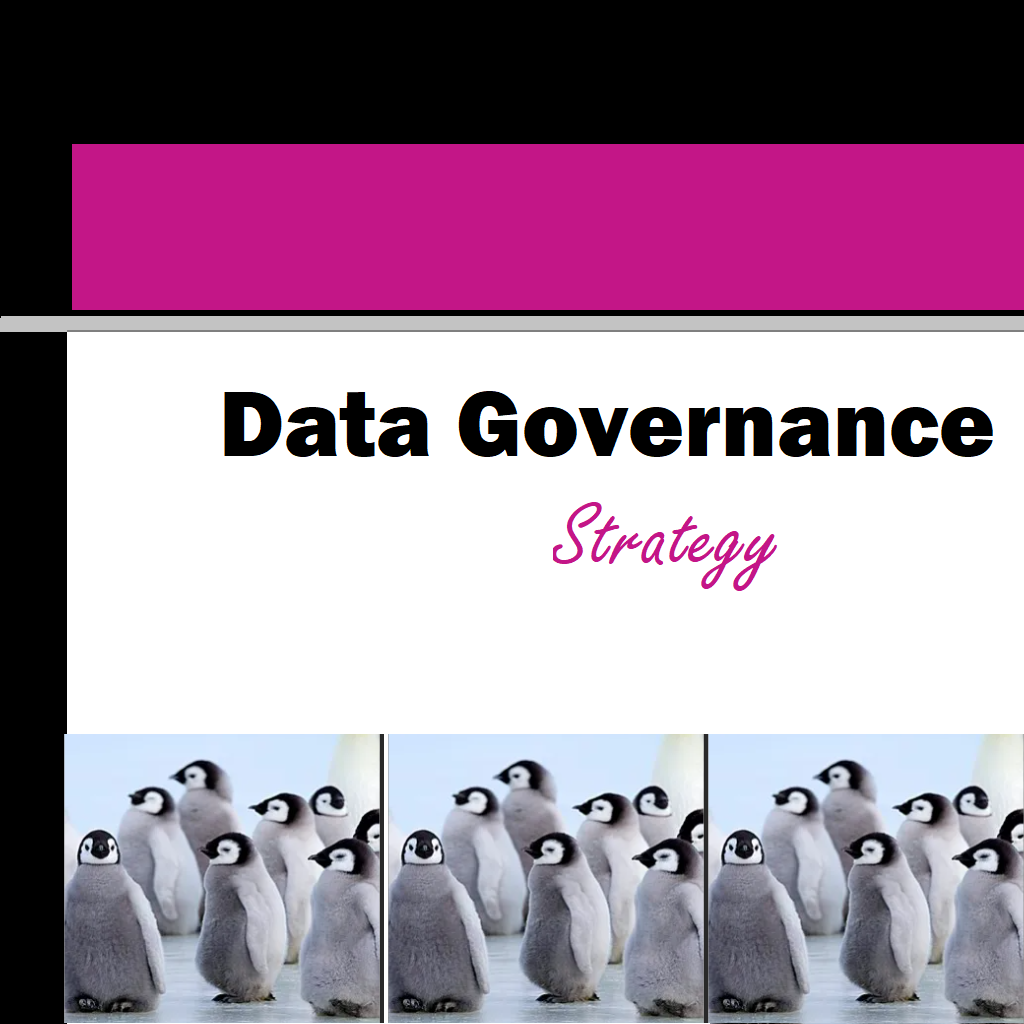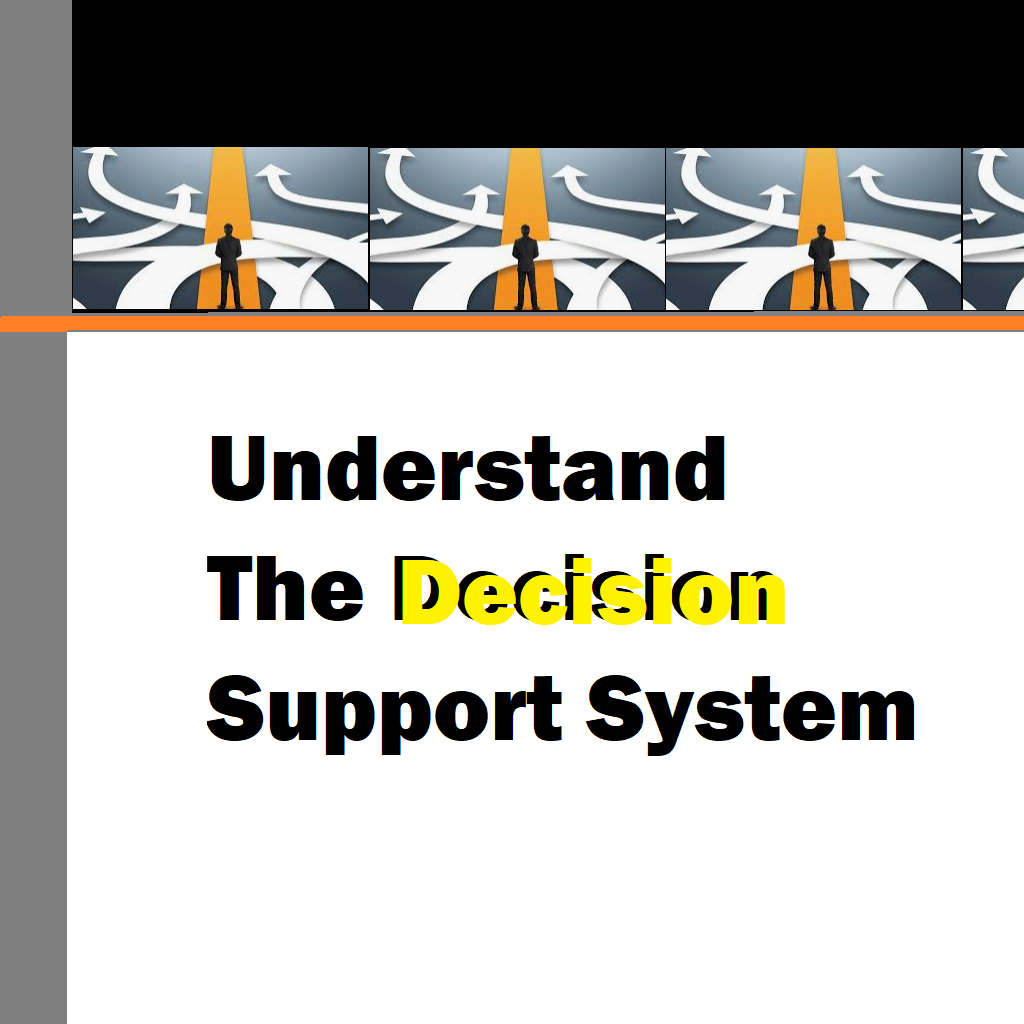Agile software development is an iterative and incremental approach to software development that emphasizes flexibility, collaboration, and adaptability. It aims to deliver high-quality software in a more efficient and customer-centric manner. We are publishing a series of articles specially for you to understand all the nuance of Agile development methodology.
Here are five key aspects of Agile software development:
Iterative and Incremental Development: Agile development breaks down the software development process into small iterations or sprints. Each iteration typically lasts for a few weeks and results in a working, potentially shippable product increment. This iterative approach allows for regular feedback, continuous improvement, and the ability to adapt to changing requirements.
Customer Collaboration: Agile development prioritizes customer collaboration throughout the entire development process. Frequent interactions and open communication channels with customers or product owners help ensure that the software being developed meets their needs and expectations. Agile teams value customer feedback and incorporate it into subsequent iterations, enabling the product to evolve based on real-time input.
Self-Organizing Cross-Functional Teams: Agile teams are self-organizing and cross-functional, meaning they consist of individuals with diverse skills and expertise necessary to deliver the product. These teams collaborate closely, often co-located, and work together to solve problems, make decisions, and deliver value. The absence of rigid hierarchies allows team members to take ownership of their work, fosters creativity, and encourages collective responsibility for the project’s success.
Continuous Planning and Adaptation: Agile development embraces the idea that requirements and priorities can change throughout the project. Instead of relying on upfront and detailed planning, Agile teams engage in continuous planning and adaptation. They frequently reassess project goals, refine requirements, and re-prioritize work based on customer feedback and evolving business needs. This flexibility enables the team to respond quickly to changes and deliver the most valuable features first.
Emphasis on Technical Excellence and Continuous Improvement: Agile development places a strong emphasis on technical excellence and continuous improvement. Teams strive for high-quality code through practices like continuous integration, test-driven development, and regular code reviews. Agile also encourages retrospectives at the end of each iteration to reflect on what worked well, what could be improved, and how to enhance the development process. This focus on continuous improvement ensures that the team becomes more effective and efficient over time.
The Agile software development provides a framework for delivering software in a more collaborative, adaptable, and customer-focused manner. By embracing iterative development, customer collaboration, self-organizing teams, continuous planning, and continuous improvement, Agile helps organizations meet the challenges of today’s dynamic and rapidly changing business environments.
History

The history of Agile development can be traced back to the 1990s when software development practices were largely characterized by heavyweight, plan-driven methodologies like the Waterfall model. Agile emerged as a response to the limitations and drawbacks of these traditional approaches. Here’s a brief history of Agile development:
1. The Agile Manifesto (2001): The Agile movement officially started with the publication of the Agile Manifesto in 2001. Seventeen software developers gathered in Snowbird, Utah, to discuss lightweight development methodologies. They created the Agile Manifesto, which outlined four core values and twelve principles that emphasized individuals and interactions, working software, customer collaboration, and responding to change.
2. Scrum: In the early 1990s, Jeff Sutherland and Ken Schwaber independently developed the Scrum framework. Scrum became one of the most popular Agile methodologies and is based on iterative and incremental development. It emphasizes self-organizing, cross-functional teams, regular inspections, and adaptation.
3. Extreme Programming (XP): Extreme Programming, or XP, was developed by Kent Beck in the late 1990s. XP focuses on close collaboration between developers and customers, frequent releases, continuous testing, and continuous integration. It emphasizes practices like pair programming, test-driven development, and short development cycles.
4. Agile Methodologies Expansion: Following the Agile Manifesto, several other Agile methodologies and frameworks emerged, including Kanban, Lean Software Development, Crystal, and Dynamic Systems Development Method (DSDM). These methodologies shared common principles and values but offered different approaches to Agile development.
5. Agile Adoption: As the Agile methodologies gained recognition for their flexibility, adaptability, and customer-centric approach, they started gaining popularity beyond the software development community. Organizations across various industries began adopting Agile practices to improve project management and product delivery.
6. Agile Scaling: Agile methodologies initially focused on small, co-located teams. However, as Agile adoption expanded to larger organizations and complex projects, the need for scaling Agile practices arose. Frameworks like SAFe (Scaled Agile Framework), LeSS (Large Scale Scrum), and DAD (Disciplined Agile Delivery) were developed to address the challenges of scaling Agile.
7. Agile and DevOps: Agile and DevOps are closely related movements that aim to improve software development and delivery. DevOps, which emphasizes collaboration and integration between development and operations teams, aligns well with Agile principles. The integration of Agile and DevOps practices has become increasingly common for organizations seeking to achieve continuous delivery and faster time-to-market.
Today, Agile has become the de facto standard for software development and project management. Its principles and practices continue to evolve as organizations strive for more efficient and effective ways to deliver value to customers in an ever-changing business landscape.
Breaking down Agile
In Agile development, teams are a fundamental component of the software development process. Agile teams are typically small, cross-functional, and self-organizing, working together to deliver high-quality software in an iterative and incremental manner. Here’s a breakdown of Agile development teams:
1. Small Size: Agile teams are intentionally kept small to facilitate effective communication, collaboration, and decision-making. A typical Agile team consists of around five to nine members, although team size may vary depending on the project’s complexity. Keeping the team small allows for better coordination, reduces dependencies, and enables faster feedback loops.
2. Cross-Functional Expertise: Agile teams are composed of individuals with diverse skills and expertise required to deliver a complete product increment. The team includes professionals from different disciplines, such as developers, testers, designers, and domain experts. This cross-functional composition enables the team to take ownership of the entire development process, from requirements gathering to deployment.
3. Self-Organization: Agile teams are self-organizing, meaning they have the autonomy to make decisions and manage their work. Team members collaborate to plan, estimate, and prioritize tasks. They collectively decide how to achieve project goals, distribute work among themselves, and determine the best approach to tackle challenges. Self-organization fosters a sense of ownership, empowerment, and accountability among team members.
4. Dedicated Roles: While Agile teams are cross-functional, they may still have specific roles or responsibilities. These roles may include a Scrum Master, who facilitates the Agile process and ensures adherence to Scrum principles, a Product Owner, who represents the customer and defines requirements, and team members with specialized skills, such as developers or testers. The dedicated roles within the team help ensure smooth collaboration and effective execution of tasks.
5. Collocation or Virtual Collaboration: Agile teams are ideally collocated in the same physical space, enabling frequent face-to-face interactions and seamless communication. However, with the rise of remote work and distributed teams, virtual collaboration has become more prevalent in Agile development. In such cases, teams leverage various communication and collaboration tools to maintain effective communication and collaboration despite geographical barriers.
Breaking down Agile development teams into small, cross-functional units with self-organizing capabilities fosters collaboration, flexibility, and a sense of shared responsibility. This structure promotes effective decision-making, faster feedback loops, and the ability to adapt to changing requirements. By leveraging the diverse expertise of team members and encouraging active participation, Agile teams can deliver high-quality software in an iterative and customer-centric manner.
Process of implementation of Agile in an organization
Implementing Agile in an organization involves a systematic and deliberate approach to introduce Agile principles, practices, and methodologies into the existing development processes. Here are some key steps to consider when implementing Agile:
1. Understand Agile Principles: Begin by educating key stakeholders, including management and team members, about the core principles and values of Agile. This helps build a shared understanding of Agile and its benefits. Emphasize concepts such as customer collaboration, iterative development, self-organizing teams, and continuous improvement.
2. Define Agile Adoption Strategy: Develop a clear strategy for Agile adoption tailored to the organization’s context and goals. Consider factors such as the scope of implementation, team structure, and potential challenges. Determine whether to adopt a specific Agile methodology (e.g., Scrum, Kanban) or tailor Agile practices to fit the organization’s needs.
3. Form Agile Teams: Identify teams that will transition to Agile and form them based on cross-functional skills and expertise. Encourage team members to actively participate in the transition process, fostering a sense of ownership and commitment.
4. Provide Agile Training and Coaching: Conduct Agile training sessions to familiarize teams with Agile concepts, practices, and tools. Additionally, consider bringing in Agile coaches or consultants to provide guidance, mentorship, and support during the initial stages of Agile implementation. Coaches can help teams adapt to Agile methodologies, address challenges, and ensure a smooth transition.
5. Adapt the Development Process: Modify the existing development process to align with Agile principles. This includes transitioning from traditional project management methodologies to Agile frameworks, defining Agile roles (e.g., Scrum Master, Product Owner), establishing iterative development cycles (sprints), and implementing Agile practices like user stories, backlog refinement, and regular retrospectives.
6. Foster Collaboration and Communication: Encourage open communication and collaboration within and across Agile teams. Promote transparency by making work visible through tools like Kanban boards or project management software. Facilitate regular meetings such as daily stand-ups, sprint planning, and sprint reviews to enhance coordination and feedback loops.
7. Support and Empower Teams: Create an environment that supports Agile values and empowers teams to make decisions. Encourage autonomy, innovation, and continuous improvement. Provide the necessary resources, tools, and infrastructure to enable teams to deliver high-quality software effectively.
8. Measure Progress and Adapt: Define relevant metrics to track the progress of Agile implementation and measure the impact on software delivery. Monitor key performance indicators like cycle time, team velocity, customer satisfaction, and defect rates. Regularly evaluate the Agile adoption process, gather feedback, and adapt practices to address any challenges or areas for improvement.
9. Continuous Learning and Improvement: Emphasize a culture of continuous learning and improvement. Encourage teams to share knowledge, reflect on their work, and identify opportunities for enhancing Agile practices. Foster a safe environment for experimentation and learning from both successes and failures.
10. Scale Agile as needed: Once Agile practices are successfully implemented within individual teams, consider scaling Agile across the organization. Explore frameworks like SAFe, LeSS, or Nexus to align multiple Agile teams and coordinate efforts for larger projects.
It is important to remember that Agile implementation is an ongoing process. It requires patience, flexibility, and commitment from all levels of the organization to embrace and sustain Agile values and practices over time. We will cover more pointers in our next article




